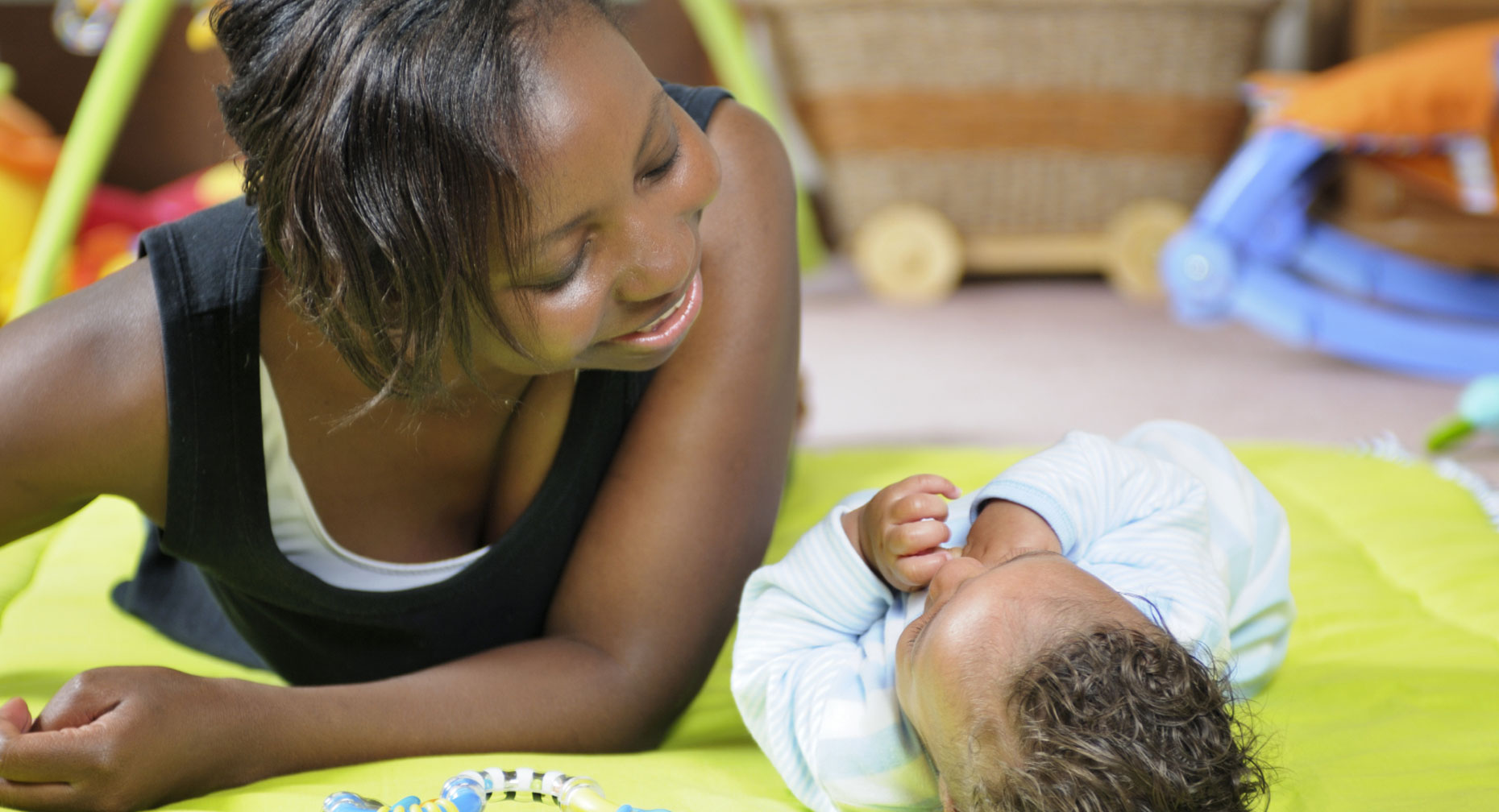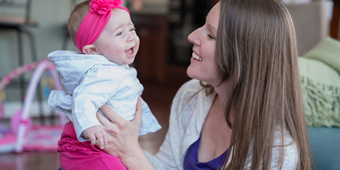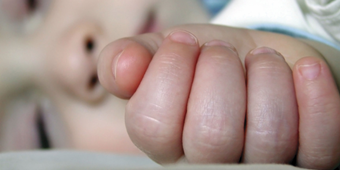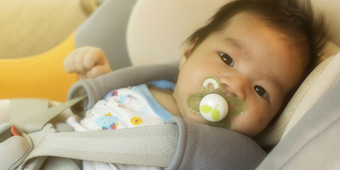Get Baby’s Caregivers on Board with Safe Sleep Practices

Find Your Perfect Match
Answer a few questions and we'll provide you with a list of primary care providers that best fit your needs.
As you look for a child care provider, family member or friend to watch your baby, carefully review with each person the guidelines you follow for safe sleep. Ideas about what’s safe for a sleeping baby have changed over the years. So it’s vital for people who have cared for infants years ago to know — and follow — current practices to ensure your baby’s safety.
Respectfully teach your caregivers the rules you want them to follow, and make it clear that your rules should be followed at all times.

Guidelines for Safe Sleep
About 90 percent of deaths from sudden infant death syndrome (SIDS) occur before 6 months of age, and the highest number occurs between 1 month and 4 months old. Because death from SIDS can occur anytime in a baby’s first year, you and all caregivers should continue safe sleep practices until your baby’s first birthday.
Research shows that the back sleep position has the lowest risk for SIDS. It also shows that babies who sleep on their backs are less likely to get ear infections, fevers and stuffy noses.
You and all caregivers should continue safe sleep practices until your baby’s first birthday.
Make sure anyone caring for your baby knows, understands and follows these sleep guidelines:
- Place baby on his back to sleep every time (naps or nighttime) to reduce the risk of SIDS. Do this until the baby reaches 1 year old. Side sleeping is not safe, and putting a baby on his stomach to sleep when he usually sleeps on his back puts the baby at very high risk for SIDS.
- Consider offering a pacifier at nap time and bedtime. Make sure the pacifier doesn’t have any cords or attachments that might strangle the baby.
- Place the baby on a firm sleep surface, covered by a fitted sheet that meets current safety standards.
- Keep soft objects, loose bedding, bumper pads or any objects that could increase the risk of suffocation or strangulation out of the baby’s sleep area.
- Do not use loose bedding, such as sheets and blankets. Instead, dress your baby in a sleeper, sleep sack or wearable blanket.
- Do not place more than one baby in a crib.
- Do not use wedges or infant positioners. There’s no evidence that they reduce the risk of SIDS, and they may increase the risk of suffocation.
- Never allow smoking in a room where your baby is sleeping, because exposure to smoke is linked to an increased risk of SIDS.
- Encourage daily, supervised “tummy time” when your baby is awake. This will help your baby strengthen muscles and develop normally.
Find Your Perfect Match
Answer a few questions and we'll provide you with a list of primary care providers that best fit your needs.
Source: American Academy of Pediatrics; Texas Department of State Health Services; National Institute of Child Health and Human Development




